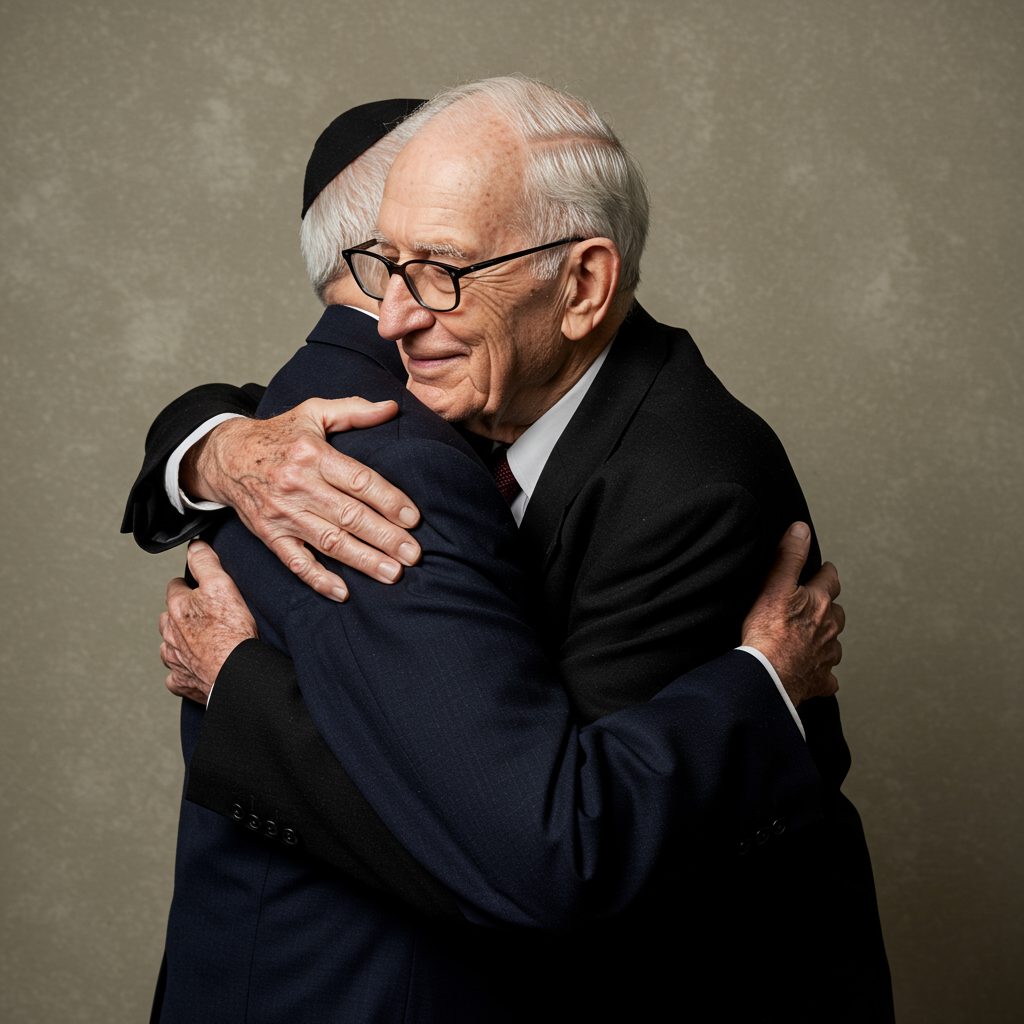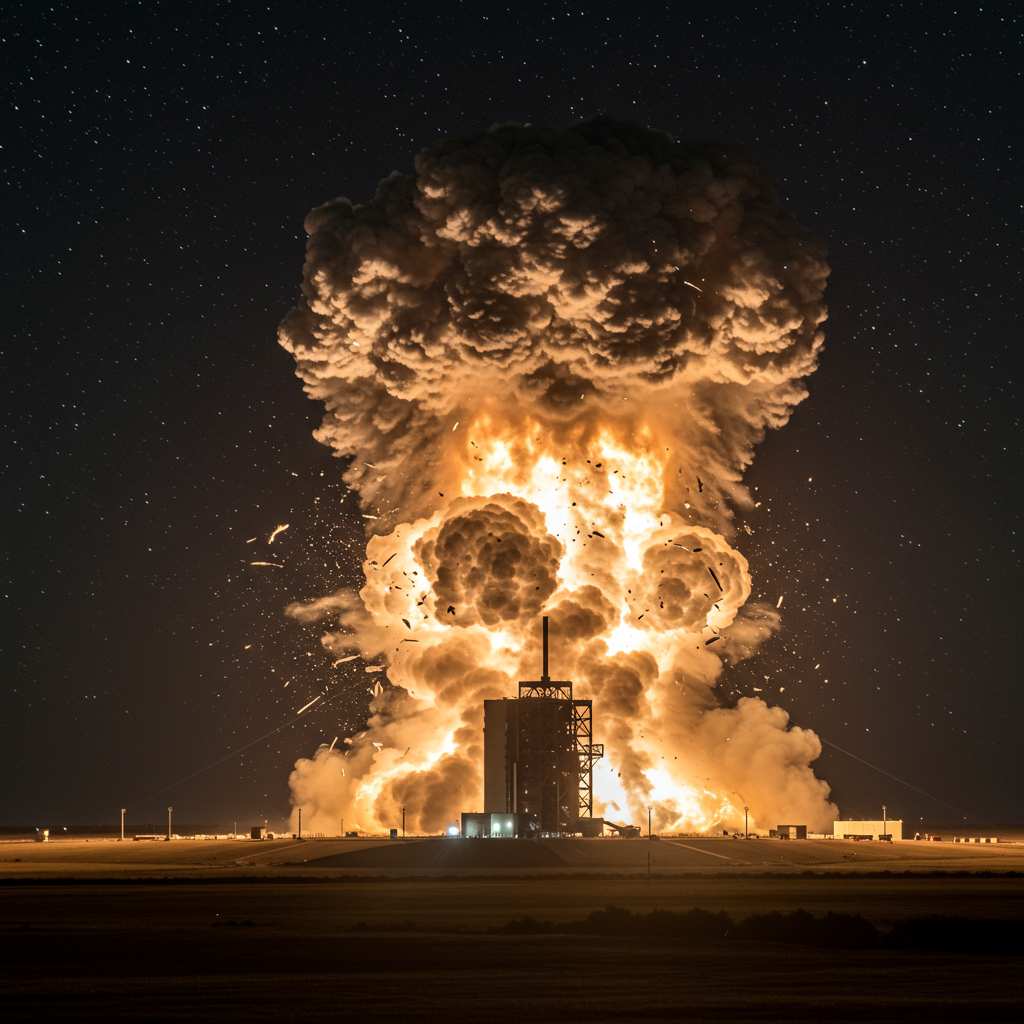In a profoundly emotional meeting eighty years after the end of World War II, a man who survived the horrors of Nazi concentration camps embraced the American soldier whose unit helped liberate him. This historic reunion between holocaust survivor Andrew Roth and U.S. Army veteran Jack moran unfolded in Los Angeles, facilitated by the USC Shoah Foundation. It offered a powerful testament to resilience, memory, and the enduring impact of one of history’s darkest chapters. The encounter underscores the urgent mission to preserve the stories of the last living witnesses before they are lost forever.
A Fateful Meeting Decades Later
Andrew Roth, born in Hungary in 1927, and Jack Moran, born in Wisconsin in 1925, lived worlds apart before fate intersected their lives during the final chaotic months of the war. Both were teenagers when they faced unimaginable brutality—Roth as a target of the Nazi genocide, Moran as a soldier battling across Europe. Their meeting at the USC Shoah Foundation, an organization dedicated to archiving Holocaust testimonies, marked a moment of closure and connection across eight decades.
Roth, seated in his wheelchair, reached out to Moran. “Are you the soldier who…?” he began, his voice filled with emotion. Moran quickly responded, suggesting Roth needn’t stand. But Roth, leaning on his cane, rose to his feet. The two men, now nearing 100 years old, shared a long, meaningful embrace. “I was much younger,” Roth remarked, reflecting on their youth during the war. Moran responded, “How wonderful that you survived.”
Andrew Roth’s Path Through Darkness
Roth’s harrowing journey began in 1944. Nazis deported his Orthodox Jewish family from their Hungarian town to a ghetto. Living conditions were horrific, marked by forced labor and the constant threat of death. Soon after, Roth and his family were sent to Auschwitz-Birkenau in Poland, a death camp designed for mass murder.
Upon arrival at Auschwitz, a guard directed new prisoners into lines. “Rechts” and “links,” the guard commanded—right and left. Roth was told to go right, following his mother and siblings. However, he saw his uncle and a cousin directed left. Without conscious thought, Roth followed his uncle. This spontaneous decision proved life-saving. Those sent to the right were gassed that same night. Most of Roth’s family perished at Auschwitz.
Surviving on starvation rations in bitter cold, Roth endured brutal forced labor. Death became commonplace. “It was so routine, you just get immune,” he recalled. As the Soviet army neared Auschwitz, the Nazis transported Roth and other prisoners to Buchenwald concentration camp in Germany. In his block at Buchenwald was Elie Wiesel, another young prisoner who would later become a Nobel laureate and renowned author of the memoir Night. Roth’s survival often hinged on sheer resourcefulness. He once risked his life to take dog food, the only available sustenance, from where the camp guards fed their German Shepherds. “I was just very resourceful,” Roth stated, “and very lucky most of the time.”
Jack Moran’s Ordeal in the European Theater
Jack Moran enlisted in the U.S. Army at just 17. By 1944, he was on the battlefields of Western Europe. His memory remains filled with the overwhelming loss of young lives. “I saw so many nice young fellows laying in the ditches of France… in the snow of Belgium,” Moran recounted. He spoke of 19 and 20-year-olds whose lives were cut short.
Moran fought in the brutal Battle of the Bulge during the severe winter of 1944-1945. He endured being trapped in a frozen foxhole for days without food, surrounded by German forces. “Thank God the snow was there to give us water,” he remembered. He watched friends die, losing four of his closest companions in a single battle. The emotional toll on the soldiers was immense. Moran saw grown men weeping, feeling they could not continue, yet they had no choice but to push forward.
As the American army advanced into Germany, Moran began to witness the horrific scale of Nazi atrocities beyond the battlefield. In railroad yards, his unit discovered boxcars filled with hundreds of suitcases. These belonged to Jewish people, confiscated by the Nazis as part of their systematic theft of belongings before deporting victims to ghettos and camps.
The Moment of Liberation
By April 1945, the Nazi regime crumbled. Fate brought Roth and Moran to the same place – Buchenwald. On April 11, inmates rose up as guards abandoned the camp. U.S. forces arrived shortly after, liberating Buchenwald. Approximately 21,000 prisoners were found alive, including 900 children. Roth described the moment of liberation as “unreal, unbelievable.” He now celebrates April 11 as his birthday.
Moran was deeply shocked by what he saw inside Buchenwald. “I couldn’t believe what I was seeing,” he said, struggling to comprehend such cruelty. General Dwight D. Eisenhower, Supreme Commander of the Allied Forces, understood the importance of documenting these crimes. He invited journalists and members of Congress to witness the camps firsthand, ensuring the world saw the irrefutable evidence of Nazi atrocities. Roth remembered Germans nearby claiming ignorance: “wir haben das nicht gewusst” (“we did not know”). Roth dismissed this as “a blatant lie,” noting the pervasive smell and smoke from burning bodies visible for miles.
The Urgent Mission to Preserve History
The recent meeting between Roth and Moran highlights a critical challenge: the dwindling number of Holocaust survivors and WWII veterans. Today, only about 220,000 Holocaust survivors remain globally. Their memories, crucial firsthand accounts, are fading as they age. Rob Williams, CEO of the USC Shoah Foundation, emphasizes the urgency. “There are so few of the greatest generation or the survivor generation who are still with us,” he notes.
Despite extensive historical research, many aspects of the Holocaust, especially concerning Eastern Europe, remain less explored. Survivor testimonies fill these gaps. Williams warns that failure to record and share these stories means losing opportunities to build understanding and connections that may vanish forever. The USC Shoah Foundation plays a vital role in this race against time, building the largest audiovisual archive of survivor and witness testimonies.
Combating Declining Knowledge and Rising Antisemitism
Alarmingly, knowledge of the Holocaust is decreasing worldwide, even in countries involved in the crimes. Rob Williams argues that understanding the Holocaust is fundamental to comprehending the modern world. Post-WWII institutions like the United Nations and NATO, and treaties addressing genocide and refugees, emerged directly from this history. The word “genocide” itself was coined after the war.
The decline in Holocaust understanding correlates with growing skepticism towards democracy and human rights. This concerning trend is visible globally. Authoritarian governments undermine civil liberties. Far-right political parties question historical reckoning with Nazi crimes. Instances of violent antisemitism have occurred in the U.S. Online influencers promote Holocaust denial. Even members of political administrations have associated with antisemitic extremists. As King Charles III noted at a recent 80th-anniversary commemoration at Auschwitz-Birkenau, there is a “dangerous re-emergence of antisemitism globally.” Remembering the Holocaust is a “sacred duty” to inform the present and shape the future.
Finding Meaning and Connection
After the war, both Roth and Moran built new lives. Roth settled in the U.S. after initially moving to France. Moran returned to Wisconsin, enduring the anxiety of potential deployment to the Pacific before Japan’s surrender brought immense relief. Both men eventually settled in California, establishing families while still carrying the weight of their war experiences.
Gathering oral histories offers value not only to historians but also brings meaning to survivors. Moran was deeply moved by meeting Roth. “That anybody survives those camps is a wonderful thing,” he stated. “And I’m so happy to meet him.” During their meeting, the Shoah Foundation presented Roth with his official questionnaire completed by the U.S. Military Government immediately after liberation. Roth had never seen it before. The document, written in blunt military language, listed his confinement dates at Auschwitz and Buchenwald. Under “Reason For Arrest,” it starkly stated: “Being a Jew.” Sharing this artifact allowed Roth to “reclaim his own history,” as Williams put it – a history the Nazis tried to erase. Their embrace, eighty years in the making, symbolizes the triumph of life and memory over the darkest attempts to extinguish humanity.
Frequently Asked Questions
What is the USC Shoah Foundation and why is its work important?
The USC Shoah Foundation is a leading organization dedicated to collecting and preserving audiovisual testimonies of Holocaust survivors and witnesses. Its work is critical because the number of living survivors is rapidly declining. Their firsthand accounts provide invaluable historical detail, fill gaps in understanding, and offer personal perspectives that combat denial and apathy. The Foundation’s archive serves as a vital resource for education and research, ensuring that the history and lessons of the Holocaust are not lost to future generations.
Where did Andrew Roth and Jack Moran meet after 80 years?
Andrew Roth, the Holocaust survivor, and Jack Moran, the U.S. Army veteran who helped liberate Buchenwald, met for the first time eighty years after the liberation at the USC Shoah Foundation in Los Angeles, California. This meeting was facilitated by the Foundation as part of their mission to record and preserve the stories of survivors and witnesses for their historical archive.
Why is remembering the Holocaust, like this meeting, crucial today?
Remembering the Holocaust, as highlighted by this reunion and efforts by organizations like the USC Shoah Foundation, is crucial because it provides essential lessons about the dangers of unchecked hatred, prejudice, and apathy. With declining knowledge and rising antisemitism globally, preserving these stories serves as a powerful counterpoint to denial and distortion. It reinforces the importance of democracy, human rights, and standing up against injustice, ensuring that the promise of “never again” remains a guiding principle.
Word Count Check: 1198 words



